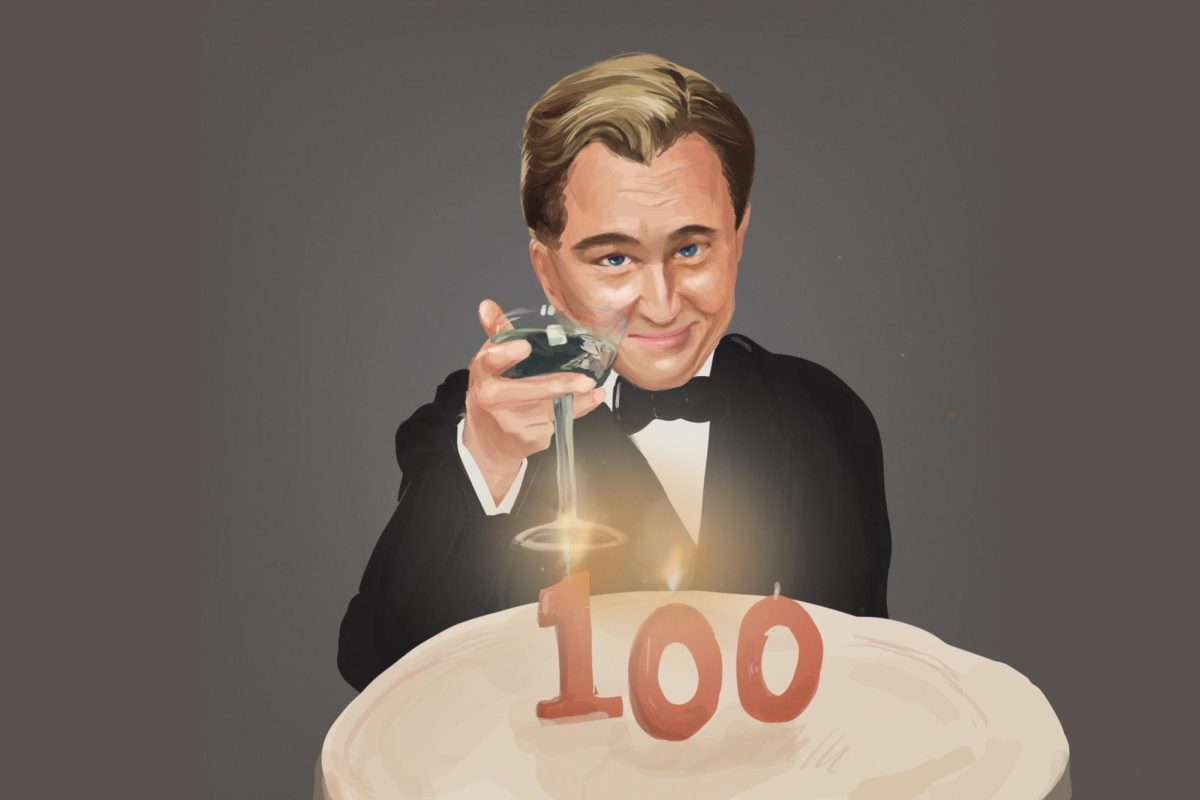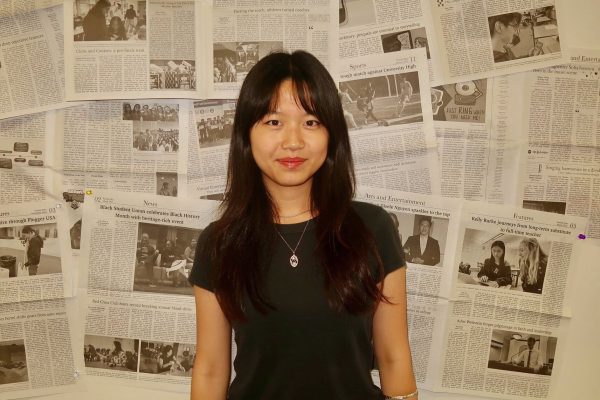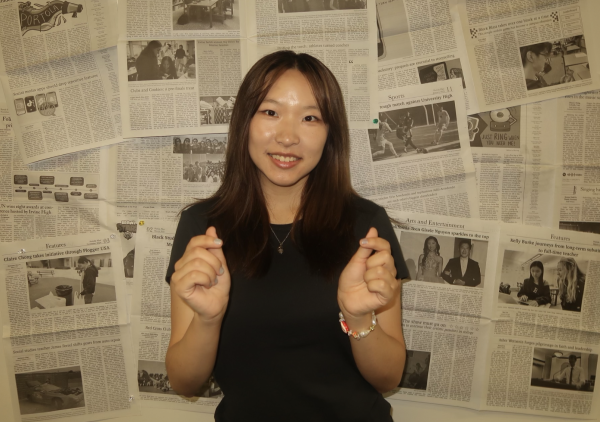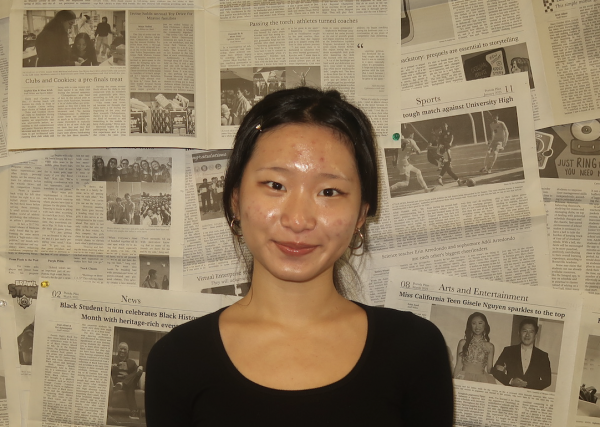This year marks 100 years of F. Scott Fitzgerald’s “The Great Gatsby,” a sub-200-page novel that has dazzled classrooms, culture and conversation for a century. To this day, Gatsby’s green light flickers — not just in East Egg but in the hearts of many, including English teacher Christina Han, librarian Phoebe Kern and sophomore Aiden Kim.
First published on April 10, 1925, “The Great Gatsby” is a ruthless autopsy of the Roaring Twenties, dissecting class division, personal fulfillment and women’s autonomy — timeless themes that remain in contemporary discourse. The book has proven its value beyond literary discussions, revealing more than just charming prose and instead teaching lessons about all the many complexities of being, according to Kern.
“There are so many ways to read it, where you empathize with the characters and where they find themselves in society,” Kern said. “Then there’s another way to read it, where you really understand the broader implications of the critique on today’s society and the divisions that people feel. That’s why [the book] has endured for so long — there’s the struggle of this unattainable American Dream that may or may not actually exist and how that looks so different for every person.”
Portola High students confront the novel as part of their sophomore year English and American History classes, where they not only analyze the text, but also embody characters like Gatsby and the Buchanans at a dinner party enactment. The idea of the American struggle resonates particularly in these classrooms, where students are beginning to confront questions of identity, ambition and their place within a shifting social and economic reality, according to Kim.
“[The Great Gatsby] shows a lot about modern America, the American Dream, how the poor and the rich intersect,” Kim said. “At a place like Portola where it’s kind of homogenous, it’s important to learn that kind of stuff and see both sides of the world.”
Despite its brevity, “The Great Gatsby” leaves an outsized imprint. Its slim spine belies a novel dense with symbolism and cultural critique, making it a staple and recurring reference in both classrooms and the media. Kern said that in a time when attention spans are scarce and content is endless, the novel’s compactness just might be part of its enduring charm.
“Students tell me they love that it’s a very small book,” Kern said. “You could probably read it in a day or a weekend, but you’ll think about it for the rest of your life. It’s so accessible and nice for busy teenagers who have a million things going on, for them to have a book that they don’t have to spend hours reading, but can spend hours thinking about.”
As more classrooms begin to move away from traditional curricula including novels like “The Great Gatsby,” the centennial of Fitzgerald’s masterwork revives conversations about the relevance of the literary ideas presented in older novels and whether they should be replaced with more contemporary texts.
“There are lessons and parts of the story that don’t age with time,” Han said. “There’s nothing wrong with transitioning into newer texts, but having a balance with newer works and the classics is what gives students a comprehensive literary language arts experience.”
After a hundred years, “The Great Gatsby” continues to beat on against the current, captivating new generations with its grandeur, unease and lasting questions about who we are, what we want and what it costs to want it.
Though the novel insists you can not live forever, its legacy suggests otherwise, proving that through story, symbolism and the ache of the American Dream, some things do endure.






